“Turkey is being hit hard by climate change. Mesopotamia was a place where agriculture flourished, but now people are struggling with climate change and drought,” said 17-year-old Beyza, runner-up in the Earth Prize.
While young people around the world march for climate action, Beyza has used her scientific mind to develop a “plasma-powered drought-resistant crop solution.” “We can’t change the climate, so we’re trying to solve its consequences,” said 18-year-old Diyar, who is working with Beyza on the project, called Plantzma. Along with other young inventors in a research group called Ceres, they entered the Earth Prize, a global student environmental sustainability competition.
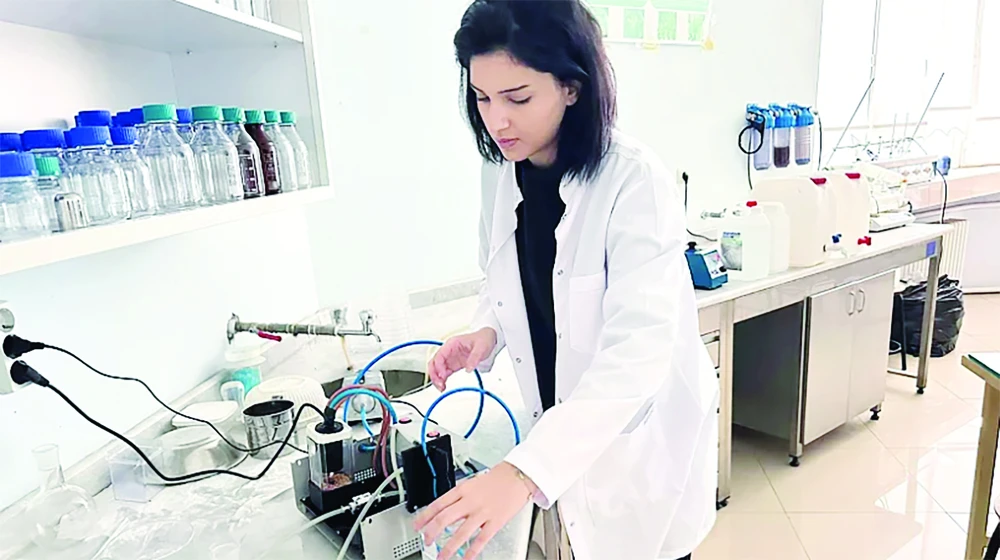
“The idea for Plantzma came from the agricultural challenges we saw in our communities and families, where farmers were faced with daunting numbers: 40% less rainfall leading to 80% crop failure,” says Beyza. According to the World Economic Forum, the likelihood of crop failure globally is expected to be up to 4.5 times higher by 2030 and 25 times higher by 2050. This not only affects farmers’ livelihoods and food security, but also leads to overuse of fertilizers, which further exacerbates the problem by polluting and degrading soil. Beyza and her team set out to solve these problems with Plantzma, a device that uses plasma to create more resilient crops and enrich irrigation water.
The Ceres team estimates that for 176 euros, a device could prevent crop losses by up to 60 percent and reduce fertilizer use by up to 40 percent. “We showed it to farmers and they were very happy to see it,” Beyza said. Plasma — the fourth state of matter, alongside solid, liquid and gas — “is basically super-charged ionized air,” Diyar explained. “Its super-hot particles have so much energy that electrons are ripped from their atoms. Unlike gas, it conducts electricity easily.” Beyza added that plasma is rare on Earth but very common in space. Her journey with plasma is a testament to her curiosity and her ability to go beyond the classroom. “I thought of using plasma because I like exoplanets,” Beyza recalled.
According to Diyar, “In the direct treatment process, we treat the seeds in the container with plasma before planting, improving the germination rate and growth potential from the start by creating nano-cracks on the surface of the seeds. This increases their resistance to diseases, drought and other environmental stressors. In the indirect treatment process, we treat the irrigation water with plasma, enriching the properties of the water to benefit the growth of the plants and in the process turning the water into plasma fertilizer (eco-friendly, rich in nitrogen), providing essential nutrients to the plants and stimulating the growth of fruits and vegetables.” To make this solution available in all regions and terrains, the young inventors are trying to raise funds to develop the idea and further aim to expand the project internationally.
LAM DIEN
Source: https://www.sggp.org.vn/chong-han-bang-nang-luong-plasma-post756004.html





![[Photo] Visiting Cu Chi Tunnels - a heroic underground feat](https://vstatic.vietnam.vn/vietnam/resource/IMAGE/2025/4/8/06cb489403514b878768dd7262daba0b)


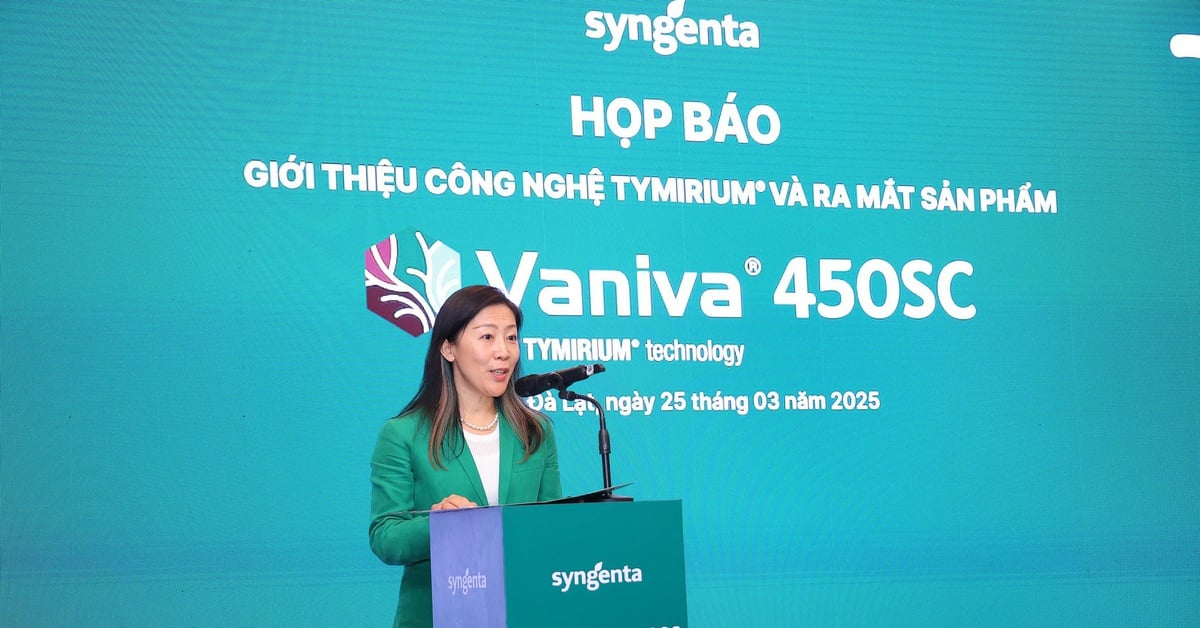

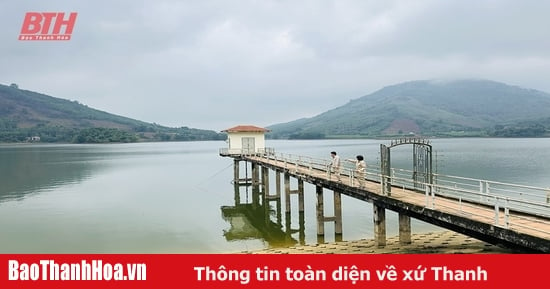

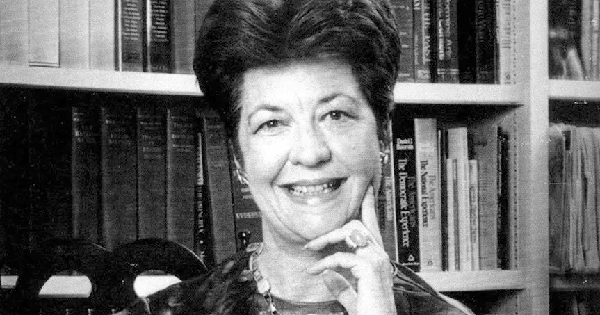



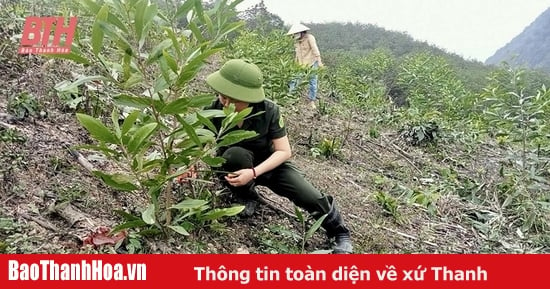
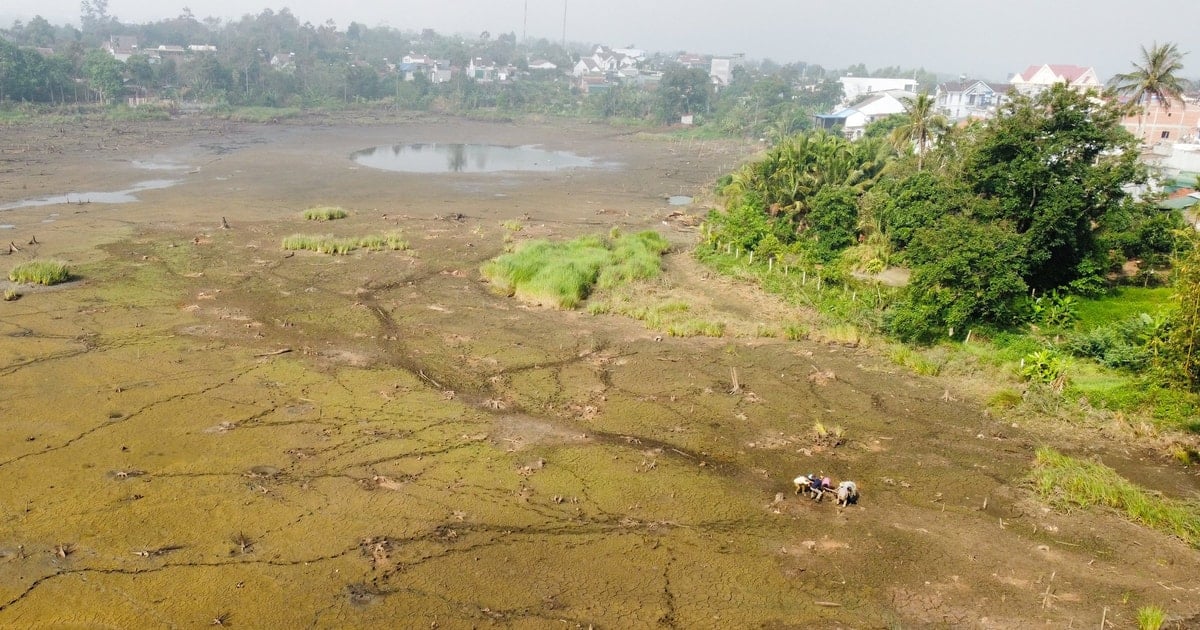
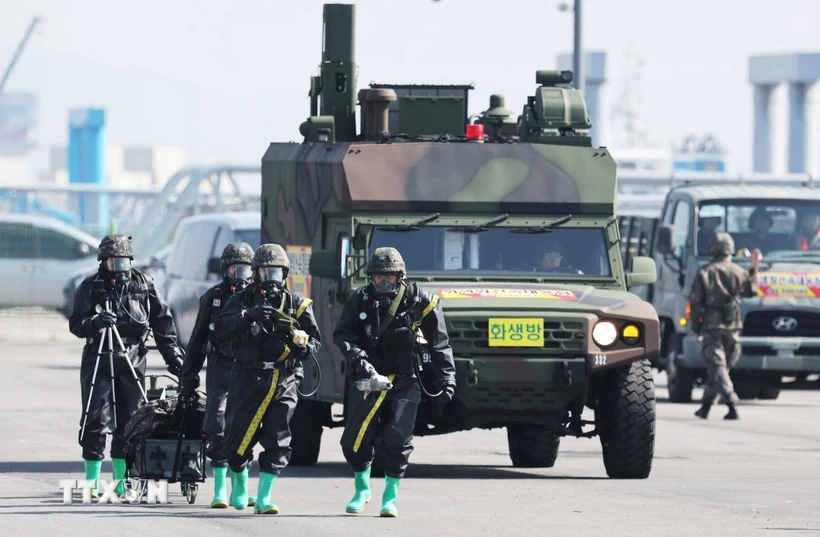


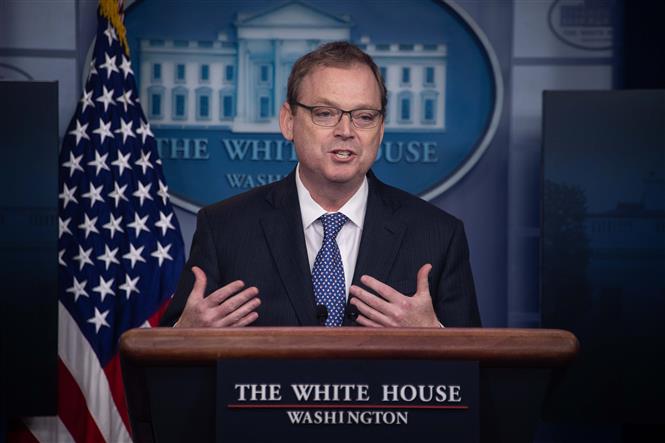





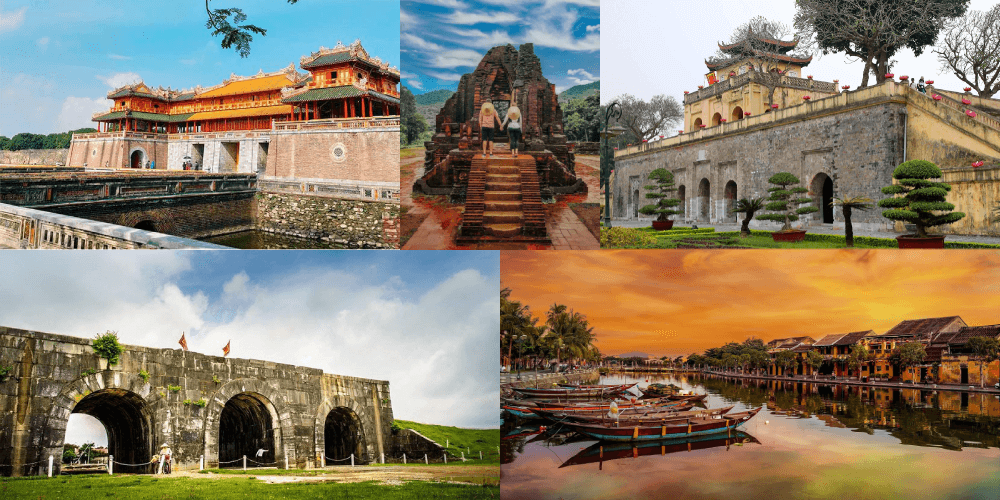
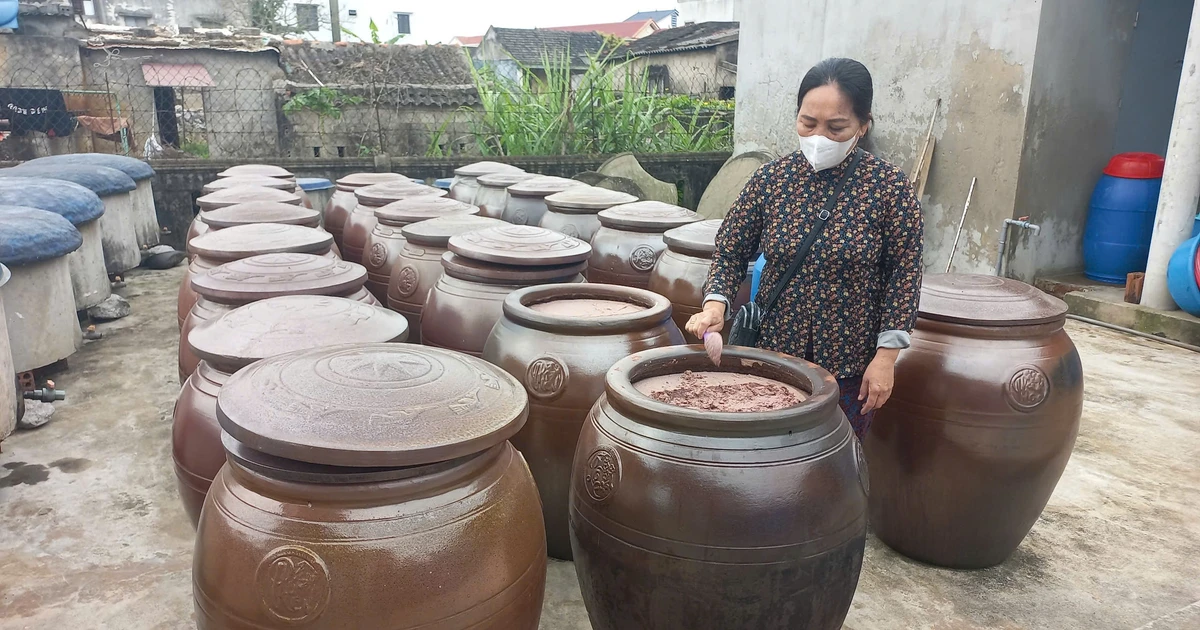



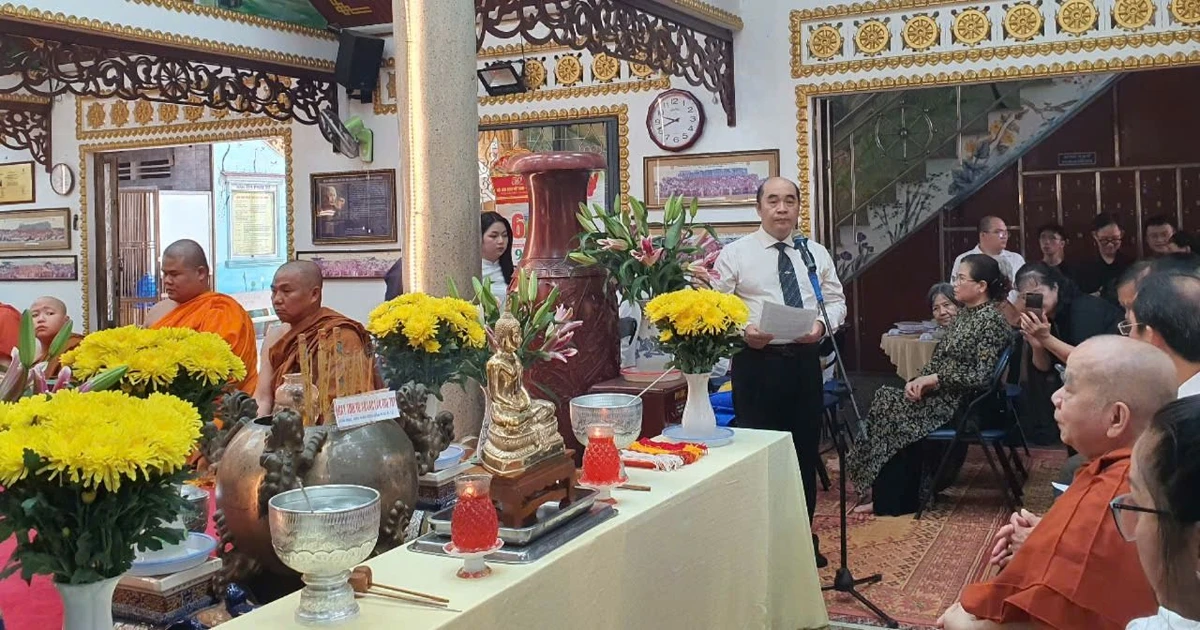



































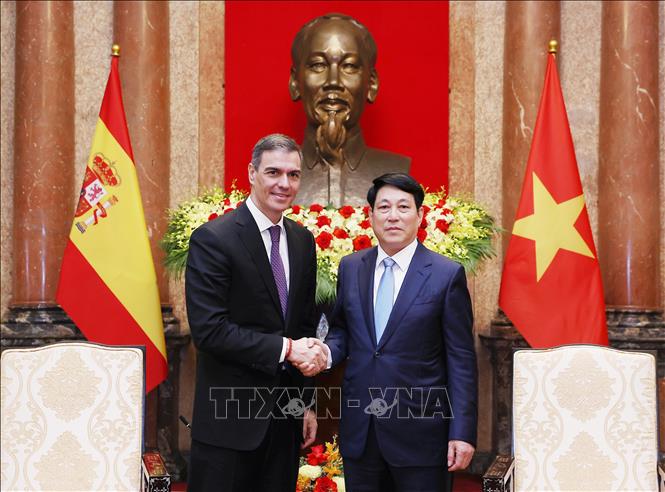








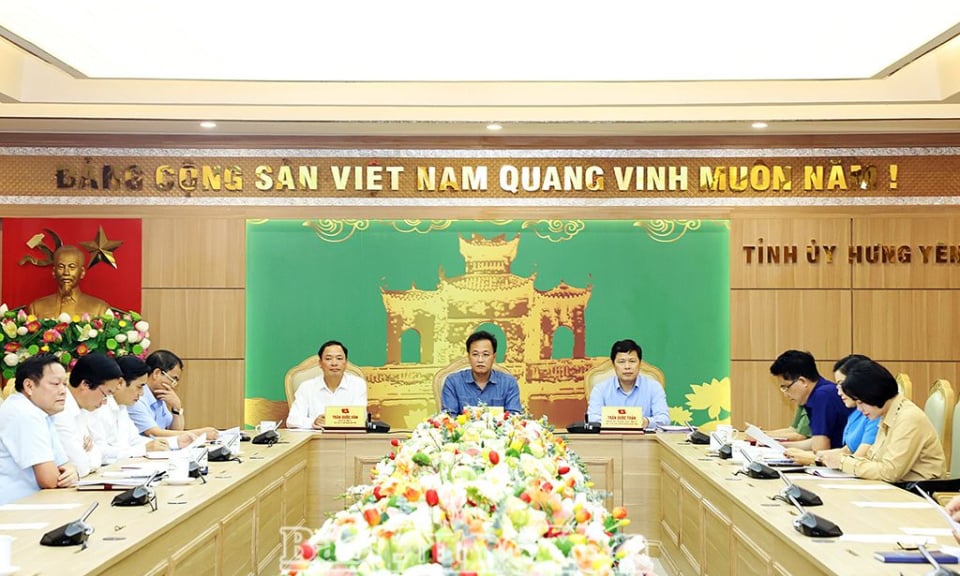
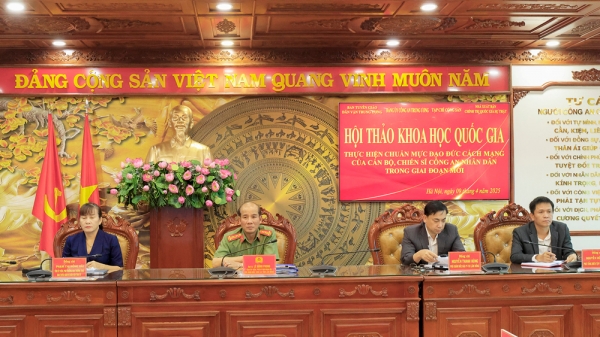
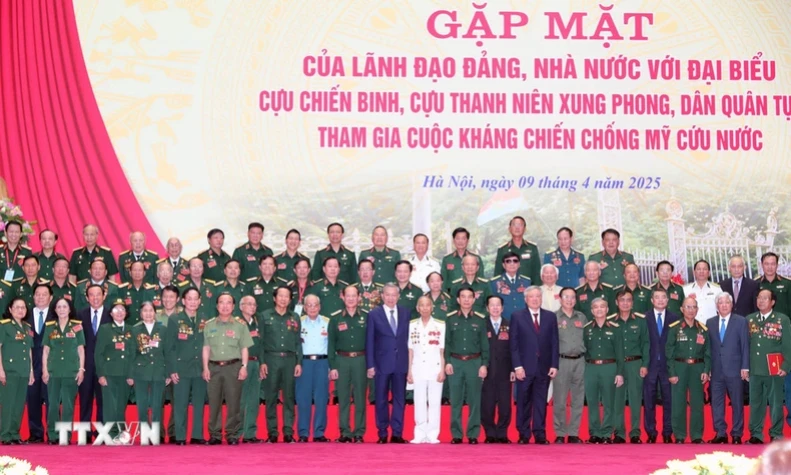
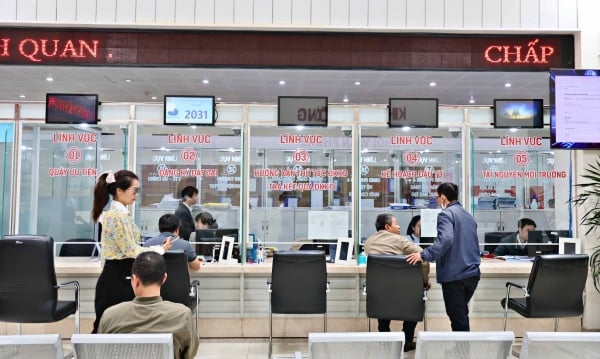
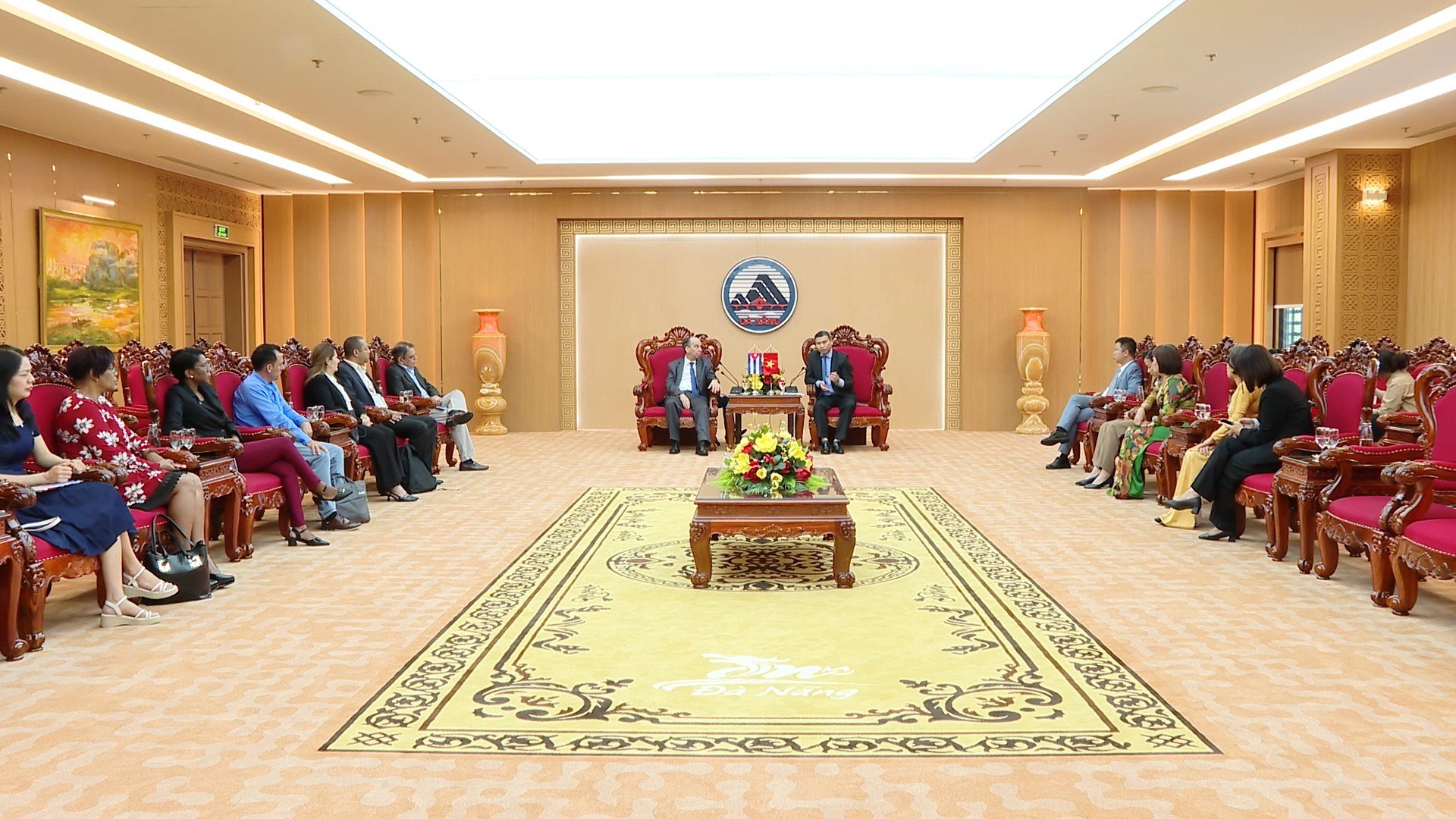











Comment (0)